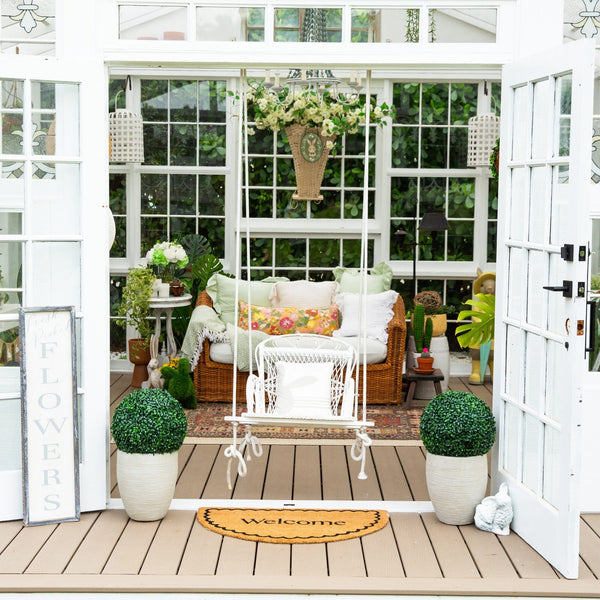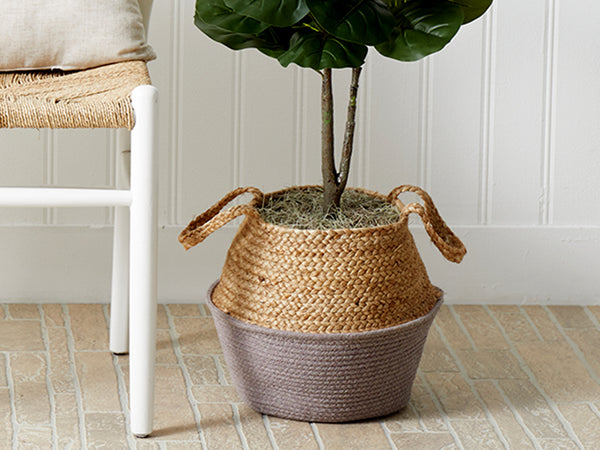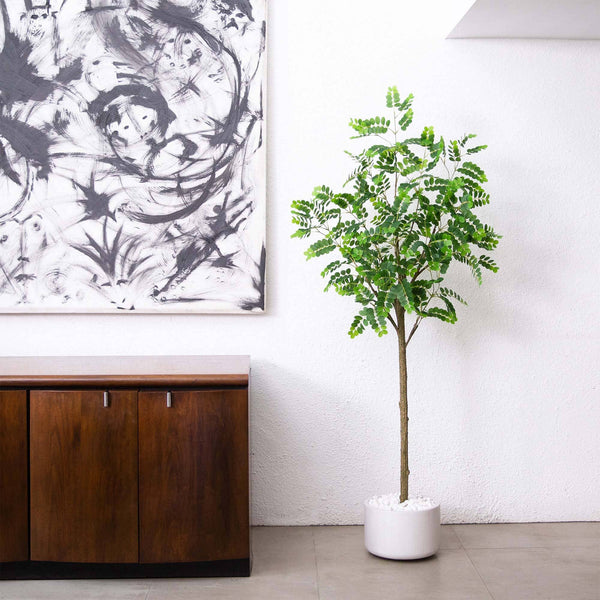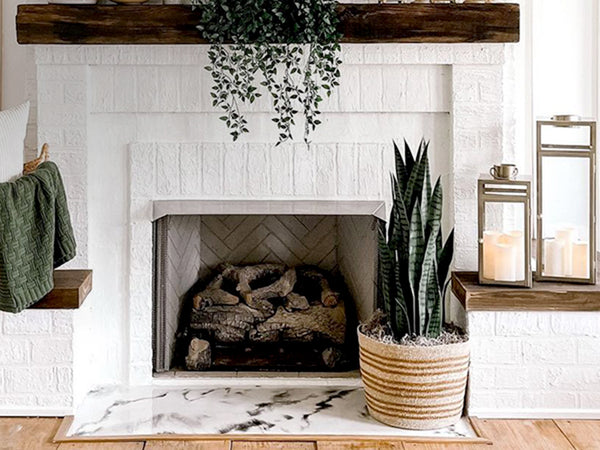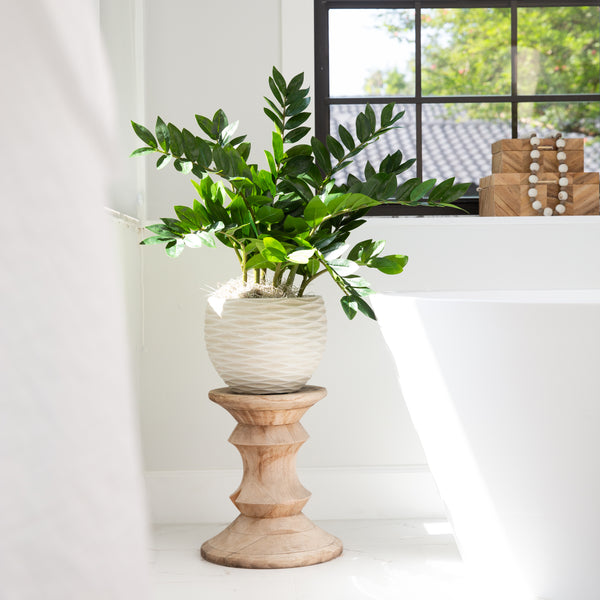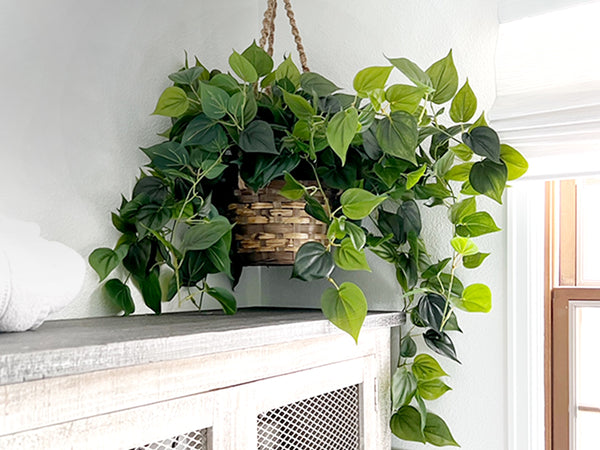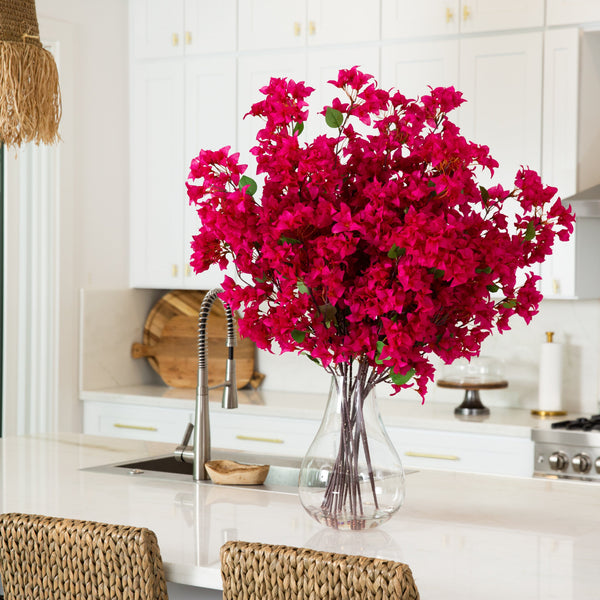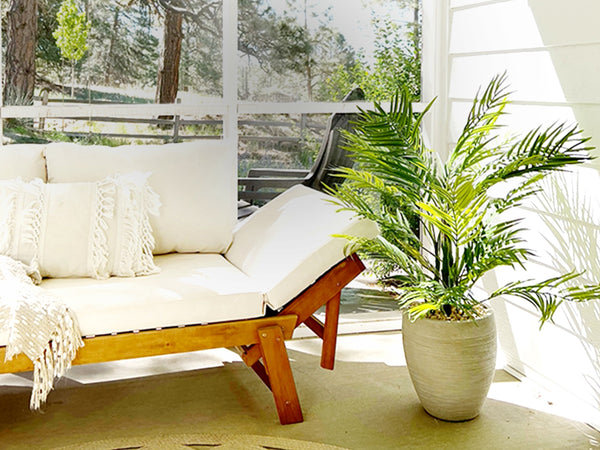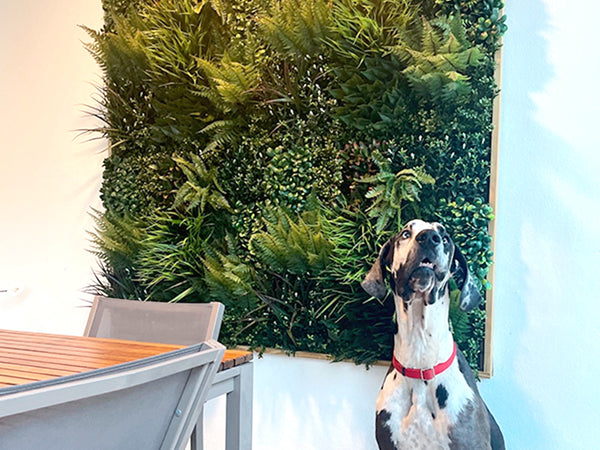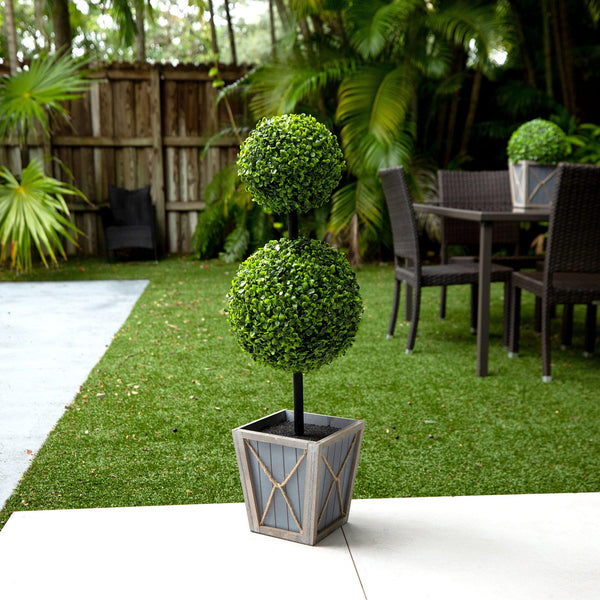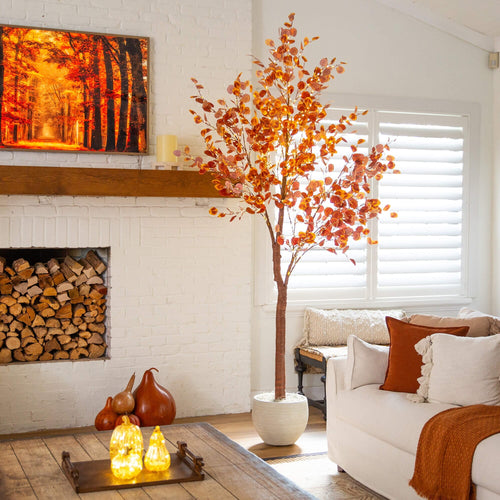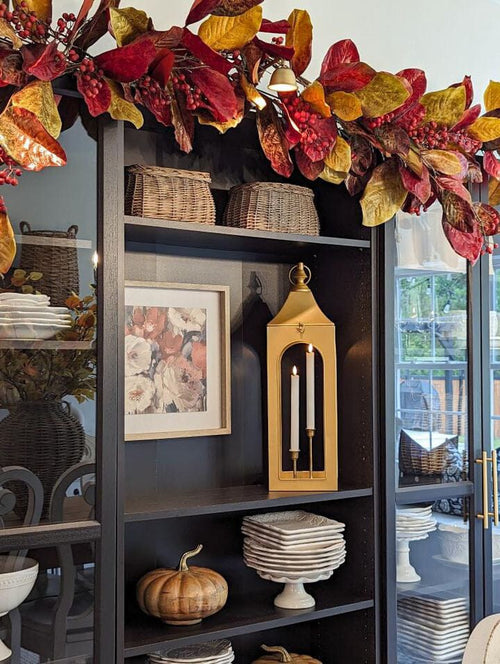10 Facts About Fittonia Plants You Did Not Know
Cindy VenerioIf you want to bring a splash of spring into your home or office space, one easy and affordable way to do so is to decorate with artificial plants. Choosing fake flowers or faux greenery gives your spring home décor a fresh, vibrant feel—with no watering or maintenance required. Today’s high-quality artificial plants authentically resemble natural varieties and stay beautiful year-round.
One of the best choices for this seasonal refresh is the Fittonia plant. These vibrant plants automatically convey the essence of spring with their bright colors and lively patterns. Incorporating artificial Fittonia into your décor is a simple way to bring energy, color, and a touch of nature to your walls, doors, desks, or shelves.
If you’ve never heard of Fittonia before, here are ten intriguing facts to help you get better acquainted with this colorful favorite.
1. It's Also Called the "Nerve Plant"
One of the most recognizable features of the Fittonia is its network of red, white, or pink veins. These colorful veins run across dark green leaves, giving rise to the nickname “nerve plant.” In the wild, this plant prefers life in tropical rainforests, growing low in the underbrush where the bright indirect light filters through the canopy. The leaf veins help the plant maximize light absorption in these dim conditions.
2. Fittonia Was Named for Two Sisters
The Fittonia was discovered in 1867 and named in honor of sisters Sara and Elizabeth Fitton. They co-authored the botanical education book Conversations on Botany and were recognized for their contribution to the plant world.
3. Fittonias Come in Many Colors
Fittonia plants are prized for their rich, patterned leaves, and they come in a variety of styles. Popular types include:
-
Purple Veins: Dark green leaves with deep lavender accents
-
Black Star: Dark green foliage with deep red veins
-
Pink Angel: Smaller leaves with medium green color and hot pink veins
-
White Anne: Green leaves with striking white patterns
-
Juanita Fittonia: Similar to Black Star but with larger leaves and more vibrant red veins
-
Frankie: Like Pink Angel but with more veining and less green in the leaf center
Whether you're selecting real or artificial versions, mixing Fittonia types can create a visually stunning display.
4. Fittonia Can Be Displayed in Many Forms
The vibrant leaves of Fittonia make them ideal for a variety of decorative uses. Artificial Fittonias can be arranged into wreaths, garlands, hanging baskets, or tabletop pots. Their cascading leaves and vivid colors create an uplifting, cheerful impact anywhere they're placed—perfect for spring.
5. Fittonia Can Help You Feel Calm and Focused
Studies suggest that having artificial houseplants can improve concentration and lower stress levels. The visual complexity of the Fittonia’s vein patterns evokes the neurological network of the human brain, helping to inspire focus and calm. As such, a faux Fittonia plant makes a thoughtful addition to home offices or study areas.
6. Fittonia's Veins Make It a Perfect Companion Plant
With a wide range of colors, artificial Fittonias pair well with other popular fake plant varieties like dracaena bicolor, arrowhead plants, or snake plants. Their trailing leaves and intricate patterns offer contrast and texture without clashing, making them a great component in mixed arrangements.
7. Fittonia Plants Produce Flowers—But They're Subtle
Although they’re known for their leaves, Fittonia flowers do exist. The blooms are small and somewhat unremarkable—thin green stalks that resemble thistles. Indoors, the flowers rarely open fully and often go unnoticed. In real plants, the blooms last for months but are secondary to the foliage.
8. Fittonia Plants Typically Grow 12 to 20 Inches Tall
In their native habitats of South America, Fittonias grow between 12 and 20 inches in height, depending on their surroundings. If they’re growing in an open field, they’ll stretch taller. If shaded by larger plants in the underbrush, they remain compact and low to the ground. Regardless of height, Fittonia thrives in environments with high humidity levels and filtered light.
9. Fittonias Are Highly Ornamental
The consistent leaf shape and branching patterns make Fittonias ideal for creating unified yet colorful arrangements. Artificial Fittonia plants are especially popular in spring-themed designs because they offer bold, multi-colored leaves with no risk of wilting, browning, or root rot.
10. Fittonia Plant Spiritual Meaning: Boldness and Intelligence
The fittonia plants spiritual meaning is deeply connected to intellect and emotional clarity. Its vein-like pattern resembles the human nervous system, making it symbolic of bold thought, trustworthiness, and rational decision-making. It’s a wonderful plant to gift to someone you admire or to display in professional settings where focus and confidence are key.
If your spring decor needs a refresh, the Fittonia is a top pick—especially when you opt for high-quality artificial styles. From bright colors and soothing energy to symbolic meaning and decorative versatility, Fittonia brings more than just beauty to a room—it brings life.

